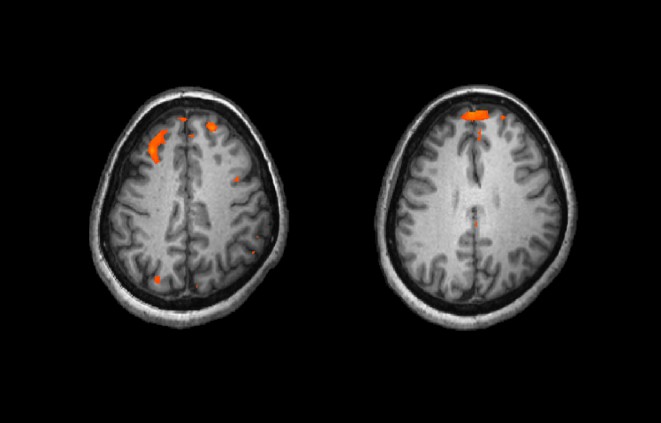Carrer de Roc Boronat, 138
08018 Barcelona
Conferència “Grid cells and cortical maps for space”, a càrrec d’Edvard Moser, premi Nobel de Fisologia o Medicina el 2014 i neurocientífic a la Universitat Noruega de Ciència i Tecnologia.
The medial entorhinal cortex (MEC) is part of the brain’s circuit for dynamic representation of self-location. The metric of this representation is provided by grid cells, cells with spatial firing fields that tile environments in a periodic hexagonal pattern, like holes in a bee hive. Grid cells were identified first in rats but were then found in mice, bats, monkeys and humans, with particular adaptations in primates, suggesting that grid cells arose early in mammalian evolution.
In the first part of the lecture, I will examine the mechanisms that determine how the grid pattern is positioned relative to the external environment. Data were collected from grid cells while rats foraged randomly in square enclosures. I will show that the axes of the grid are offset from the walls of the environment by an angle that minimizes symmetry with the wall axes. The offset is always accompanied by an elliptic distortion of the grid pattern. Offset and distortion can both be removed by a shear transformation along one or several walls of the box, pointing to shear forces from specific geometric references as elements of the mechanism for anchoring grids to the external world.
In the second part of the lecture, I will focus on the mechanism by which grid patterns are updated in accordance with the animal’s movement in the environment. For grid cells to be updated eI We will show that running speed is represented in the firing rate of a ubiquitous but functionally dedicated population of neurons in the medial entorhinal cortex. This entorhinal subpopulation is characterized by a positive, linear response to running speed and low overlap with other entorhinal cell types, such as grid, head direction and border cells.
The final part of the lecture will address the mechanisms by which grid cells interact with place cells and other elements of the navigation system. I will show that the hippocampus receives inputs from a variety of functional cell types in the medial entorhinal cortex, including grid cells and border cells. I will also show that place cells in the CA1 of the hippocampus are part of a prefrontal-thalamic-neural circuit for representation of routes through the environment, where the nucleus reuniens links medial prefrontal cortex with the hippocampus.
The findings imply that space and spatial navigation recruit widespread cortical circuits, with the thalamus operating as a key node for long-range communication between cortical regions involved in navigation.
Més informació

